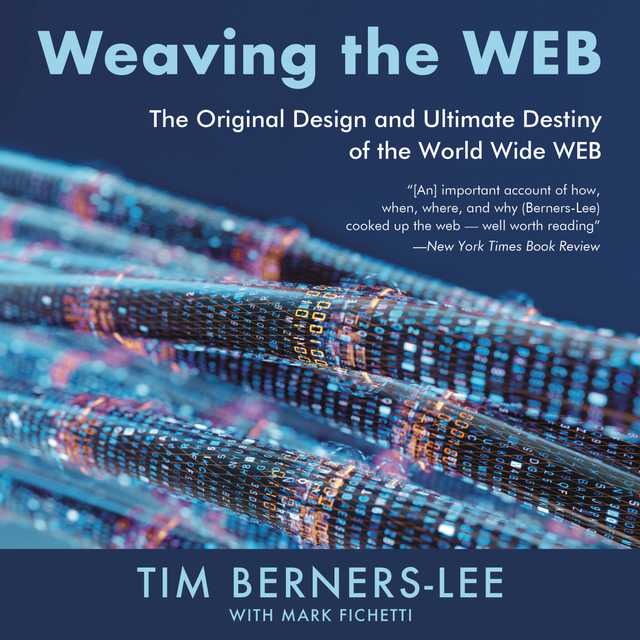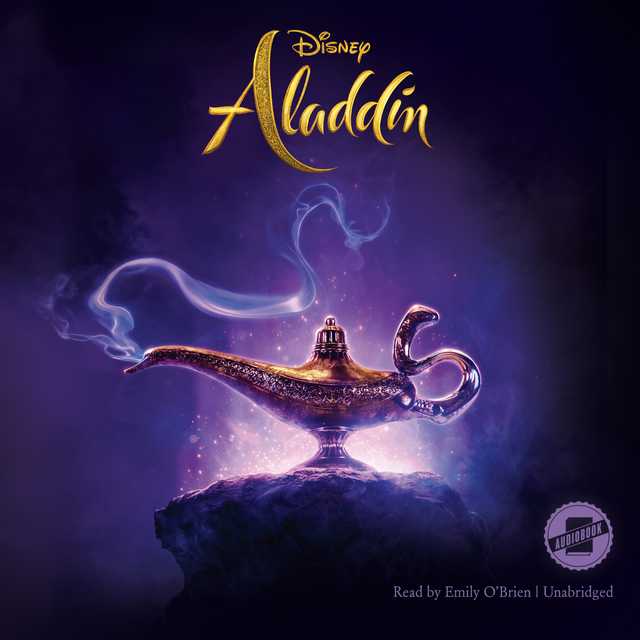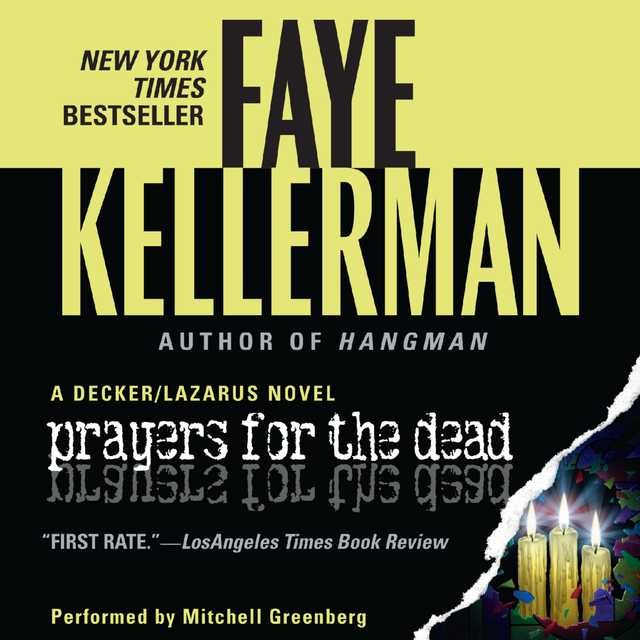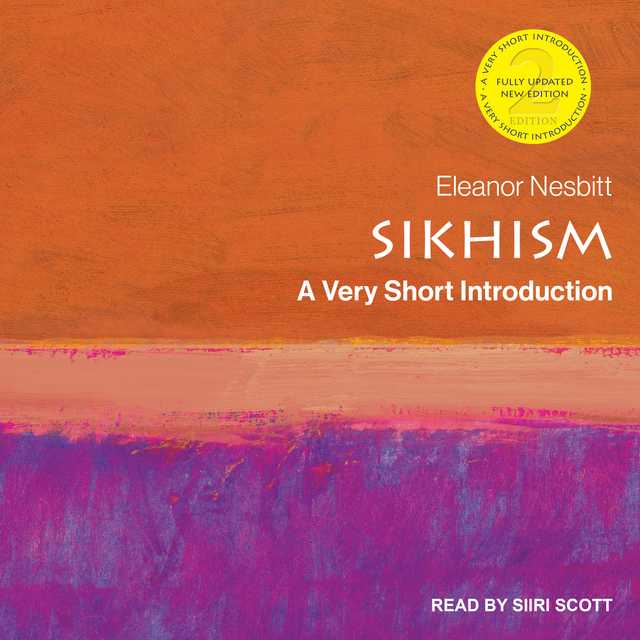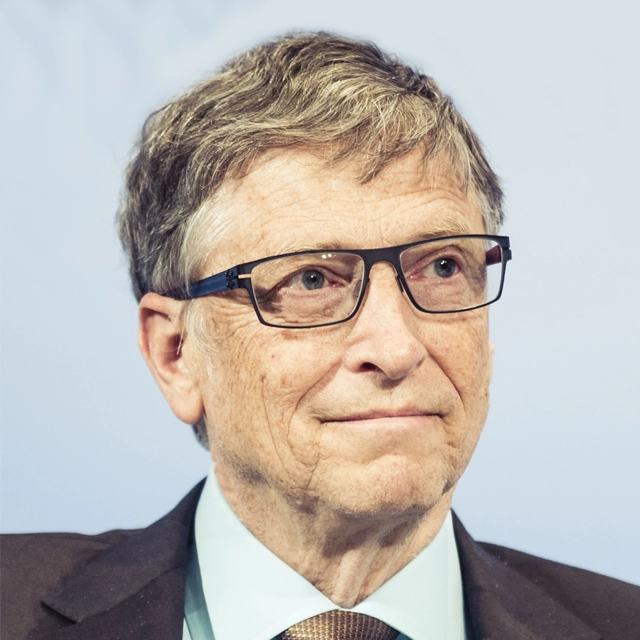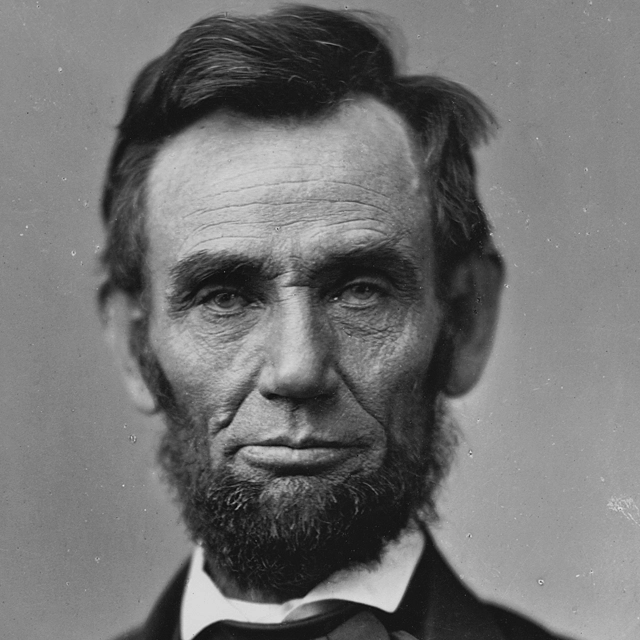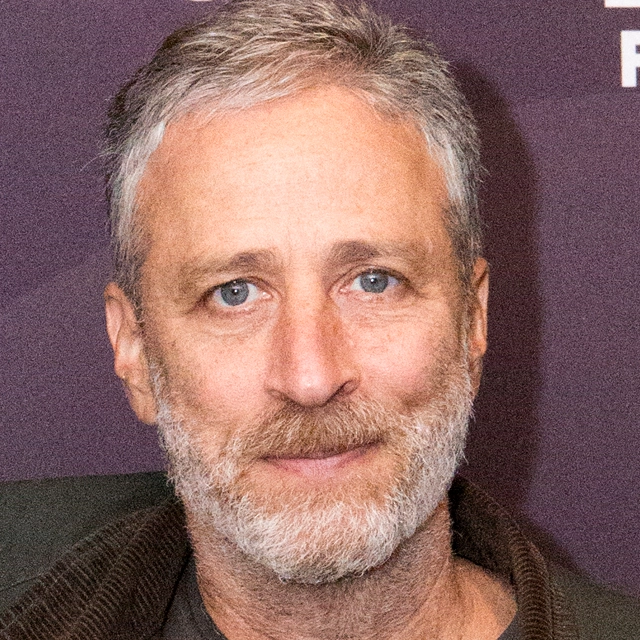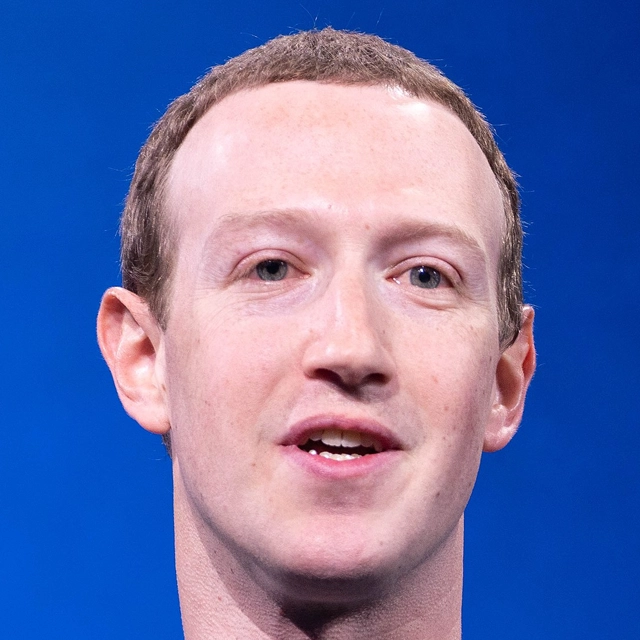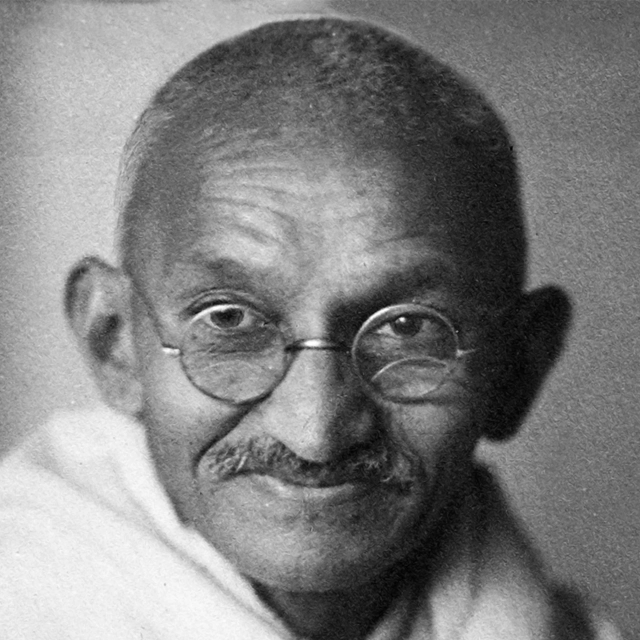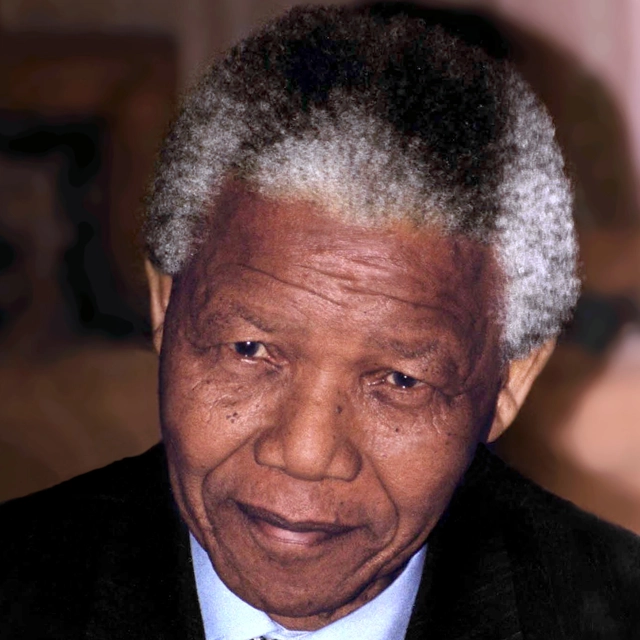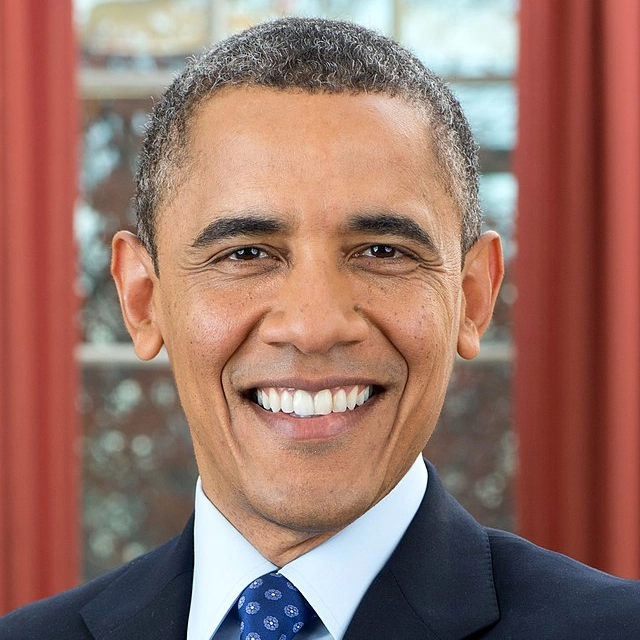Weaving the Web Audiobook Summary
Tim Berners-Lee, the inventor of the World Wide Web, has been hailed by Time magazine as one of the 100 greatest minds of this century.His creation has already changed the way people do business, entertain themselves, exchange ideas, and socialize with one another. With new online businesses and communities forming every day, the full impact of Berners-Lee’s grand scheme has yet to be fully realized.
Now, this low-profile genius tells his own story of the Web’s origins–from its radical introduction and the creation of the now ubiquitous WWW and HTTP acronyms to how he sees the future development of this revolutionary medium.
Berners-Lee offers insights to help listeners understand the true nature of the Web, enabling them to use it to their fullest advantage. He shares his views on such critical issues as censorship, privacy, and the increasing power of software companies in the online world.
Other Top Audiobooks
Weaving the Web Audiobook Narrator
Tim Berners-Lee is the narrator of Weaving the Web audiobook that was written by Tim Berners-Lee
Tim Berners-Lee, inventor of the Web, is currently the director of theWorld Wide Web Consortium, the coordinating body for Web development, and heoccupies the 3Com Founders chair at the MIT Laboratory for Computer Science.Recipient of numerous awards, he received the distinguished MacArthurFellowship in 1998. He lives in Cambridge, MA.
About the Author(s) of Weaving the Web
Tim Berners-Lee is the author of Weaving the Web
More From the Same
- Publisher : HarperAudio
- Abraham
- American Gods [TV Tie-In]
- Dead Ringer
- House of Sand and Fog
- Prey
Weaving the Web Full Details
| Narrator | Tim Berners-Lee |
| Length | 3 hours 24 minutes |
| Author | Tim Berners-Lee |
| Category | |
| Publisher | HarperAudio |
| Release date | June 13, 2006 |
| ISBN | 9780061122590 |
Additional info
The publisher of the Weaving the Web is HarperAudio. The imprint is HarperAudio. It is supplied by HarperAudio. The ISBN-13 is 9780061122590.
Global Availability
This book is only available in the United States.
Goodreads Reviews
Julian
January 05, 2016
Weaving the Web touched on the philosophical underpinnings of the Web which I loved. Highlighted is the fact the Internet exists to allow the free exchange of idea throughout humanity. Any organization that limits or throttles the content we consume or produce is against the very spirit of the Internet. The history of the web as explained by Tim is as real and personal as it gets. It outshines the dry factual notes I got as a Computer Science undergraduate. To understand the professional struggles and work that went into making the open Web I know today is a gem.The only thing I didn't like was that he spent too much time on small technical details such as URI. I know it was important but a few sentences would have done. There were a few other technical points that were drawn out. Anyone that wasn't technical would have been lost and those who already have some background in the Web would have been bored at the repetition.Overall it was a solid book and I am grateful the creator of the Web, Tim Berners-Lee, gave his first hand account of why and how it come to be.
Richard
May 02, 2020
In retrospect, the growth of the Web seems almost inevitable, arising from characteristics of how the mind works and how people can interact with one another's ideas. In that sense, the story of its creation reminds me a bit of Kurt Vonnegut's Cat's Cradle. In Vonnegut's novel, an illogical belief (Bokononism) is so in synch with the human mind that it spreads from person to person, like a force of nature.Tim Berners-Lee tells his story in the first person, as autobiography, because the story of the Web is the story of his life. He conceived it, implemented it, and now heads the effort to shepherd it forward and help it thrive despite challenges from big business, big government, and clueless interpreters of the law, worldwide.Over the years, the idea of the Web slowly formed in his mind. "Inventing the World Wide Web involved my growing realization that there was a power in arranging ideas in an unconstrained, weblike way. And that awareness came to me through precisely that kind of process. The Web arose as the answer to an open challenge, through the swirling together of influences, ideas, and realizations from many sides, until, by the wondrous offices of the human mind, a new concept jelled. It was a process of accretion, not the linear solving of one well-defined problem after another." (p. 3)"Suppose all the information stored on computers everywhere were linked... Suppose I could program my computer to create a space in which anything could be linked to anything... Once a bit of information in that space was labeled with an address, I could tell my computer to get it. By being able to reference anything with equal ease, a computer could represent associations between things that might seem unrelated but somehow did, in fact, share a relationship. A web of information would form." (p. 4)The power of this idea directly related to its simplicity and to the lack of central control."The art was to define the few basic, common rules of 'protocol' that would allow one computer to talk to another, in such a way that when all computers everywhere did it, the system would thrive, not break down. For the Web, those elements were in decreasing order of importance, universal resource identifiers (URIs), the Hypertext Transfer Protocol (HTTP), and the Hypertext Markup Language (HTML)."What was often difficult for people to understand about the design was that there was nothing else beyond URIs, HTTP, and HTML. There was no central computer 'controlling' the Web, no single network on which these protocols worked, not even an organization anywhere that 'ran' the Web. The Web was not a physical 'thing' that existed in a certain 'place.' It was a 'space' in which information could exist." (p. 36)When he looks ahead to the potential future impact of the Web on the world, he gets mystical."If we succeed, creativity will arise across larger and more diverse groups. These high-level activities, which have occurred just within one human's brain, will occur among ever-larger, more interconnected groups of people acting as if they shared a larger intuitive brain. It is an intriguing analogy. Perhaps that late-night surfing is not such a waste of time after all: It is just the Web dreaming." (pp. 201-202)He now approaches this life-long challenge with a sort of religious awe and sense of responsibility toward humanity. The mindset in some ways is similar to the corporate culture of Digital Equipment under the guidance of Ken Olsen, where rule number one was "do the right thing.""I feel that to deliberately build a society, incrementally, using the best ideas we have, is our duty and will also be the most fun. We are slowly learning the value of decentralized, diverse systems, and of mutual respect and tolerance. Whether you put it down to evolution or your favorite spirit, the neat thing is that we seem as humans to be tuned so that we do in the end get the most fun out of doing the 'right' thing." (p. 205)The Web has been an important part of my life since 1993, so many of the events recounted in this book sound familiar, though I remember them in a different context. It's illuminating to see them all unfold through the perspective of the Web's creator. It's also disorienting to re-experience the central story of your own time presented as history -- to read about these events from the perspective of their long-term meaning -- with a beginning, a middle, and an end -- rather than as we heard about them or encountered their effects day-by-day, as disconnected happenings in an open-ended, continuing present-tense, with many possible outcomes. And it's gratifying to discover that behind it all at the beginning and guiding now -- collaboratively, unobtrusively through the World Wide Web Consortium -- is someone motivated and inspired by an optimistic vision based on faith in the human spirit -- a vision of the future totally different from the dark satiric world of Kurt Vonnegut."This system produced a weird and wonderful machine, which needed care to maintain, but could take advantage of the ingenuity, inspiration, and intuition of individuals in a special way. That, from the start, has been my goal for the World Wide Web."Hope in life comes form the interconnections among all the people in the world... We find the journey more and more exciting, but we don't expect it to end..."Tim Berners-Lee concludes "The experience of seeing the Web take off by the grassroots effort of thousands gives me tremendous hope that if we have the individual will, we can collectively make of our world what we want." (p. 209)
Ruby
April 09, 2019
Here I am, reading a book about web which was written in nearly 20 years ago, but still is as touching and interesting as it can be. It was an amazing experience to read about the creation of the web and the struggles Tim Berners-Lee had when trying to make his idea come true. I am from the web-generation, we are the people who were born after the web and grew up with it. We observed web becoming more powerful, yet we also can see what's going on now and how the initial idea of sharing the knowledge is fading, as the commercialization rate is growing.Tim Berners-Lee is not only a great mind, but also an amazing individual.
Martyn
November 16, 2020
It’s hard to imagine anyone today sitting down to use the internet and then comparing that experience to attendance at a Unitarian Universalist church, yet Tim Berners-Lee began to attend this liberal and open-minded church and saw in it a physical manifestation of the platform he had designed. At the conclusion of his history of the World Wide Web (or what we commonly call the internet), he notes that some people had even asked if he designed the Web based on the principles of the UU church. No, he clarifies, that wasn’t the case. But it doesn’t strike him as unbelievable. Both the internet and the UU church function within a minimalist framework, allowing people from diverse backgrounds to work together. They connect people through “peer-to-peer” and not hierarchical relationships. The system becomes workable through an extension of mutual respect to others.The last sentence of the book is a classic expression of techno-optimism: “The experience of seeing the Web take off... gives me tremendous hope that if we have the individual will, we can collectively make of our world what we want.” That can be seen as a re-statement of the Whole Earth Catalog, an eternal source code for tech: “We are as gods and might as well get used to it.” The shared notion is that human society would be much better if we were collectively freed from the contraints of faulty systems that keep individuals from reaching their potential. It’s clear that from the outset the internet wasn’t conceived of as a toy for people to enjoy. It would not be about convenience and enrichment. The internet was designed to disrupt and rearrange human society. Of course we now know that the end result wasn’t going to be a global UU church, far from it!At about the midway point of Weaving the Web we are in 1995, and the World Wide Web is off and running like a fast bobsled. Leaders around the world are becoming aware of the reach of the internet, and at the G7 meeting of the world’s economic powers, the deputy president of South Africa, Thabo Mbeki, delivered a speech. Berners-Lee summarizes this speech as a plea for people around the world to “seize the new technology to empower themselves; to keep themselves informed about the truth of their own economic, political, and cultural circumstances...” Berners-Lee comments: “I could not have written a better mission statement for the World Wide Web.” But he didn’t know the end of the story of Thabo Mbeki, who ended up stumbling upon AIDS denialism through his internet searches. It’s estimated that over 300,000 South Africans died as a result of policies that stemmed from his denial of medical facts. In light of that health disaster, Mbeki’s full embrace of the internet for personal empowerment acquires a more sinister feel. Perhaps that’s the story of the internet: overconfidence in the ability of individual human beings to serve as teacher of themselves. Part of the problem might be related to the positive experiences of Berners-Lee in social platforms. We’ve already noted his embrace of the UU church, but Weaving the Web begins at CERN, the European Council for Nuclear Research in Geneva, Switzerland. CERN is now the home of the Large Hadron Collider, and had always been a center for research into the fundamental questions of physics. In the early years of designing the World Wide Web, Berners-Lee worked at CERN but devoted himself to this Web project. He recalls: “I was not employed by CERN to create the Web. At any moment some higher-up could have questioned how I was spending my time...” But that never seemed to happen. As a researcher he had freedom to design something quite outside expectations. And is it a surprise that the internet as we know it came from a space devoted to studying theoretical physics? More than other scientific fields, theoretical physics called for frictionless exchange across borders, and it involved a community of scientists who saw themselves as part of a global community. This is exactly the environment in which a universal platform like the internet could be imagined in such optimistic terms.Throughout Weaving the Web Berners-Lee maintains a surprising insistence on the Web as “universal.” At first this might seem to be about compatibility. It’s annoying to move across borders and encounter incompatible power plugs, and so the World Wide Web needed to be a system that ran seamlessly above such issues. But the Web arises as something more than a matter of compatibility when he calls it a “universal, all-encompassing space.” We should consider what he meant by this. Berners-Lee seems to have realized that the web would represent a kind of tear in our spatial world. He notes that companies and nations have “always been defined by a physical grouping of people... Geography gave the world its military stability and cultural boxes.” But the Web pulls human beings out of this static concept of space and social grouping and opens up profoundly new ways of combining ourselves. The possibility of large-scale social groupings independent of physical space opens up for the first time, made possible by this new “universal space” of the internet.There’s a passage in Weaving the Web that I find mysterious in its wording: “The Web should not be an isolated tool used by people in their lives, or even a mirror of real life; it would be part of the very fabric of the web of life we all help weave.” Two possibilities for the Web are introduced and quickly dismissed: 1) the Web as tool, 2) the Web as reflection to real life. Instead Berners-Lee opts for a view of the Web as a part of the fabric of our lives. I take this to mean that there will be no true distinction, finally, between our actual and our online lives. That is the perhaps the ultimate fruition of this concept of the universal: the Web is interwoven with life, and we are liberated from place.Reading this book carefully, it didn’t seem like Berners-Lee really wanted to be liberated from place. Before moving to take up his position in the WWW Consortium at MIT, he was living in a small house in a French village, “the view from our front yard stretched straight across Geneva to Mont Blanc.” And since he takes evident joy in his family and the arrival of children, Berners-Lee doesn’t come across as some asshole entrepreneur (a familiar type). He doesn’t seem to care about the money. He nevertheless created this tear in time and space that we know as the internet, and which undermines that simple life and that view.
Roberto
April 29, 2016
We are in 1999, Berners-Lee goes about telling an honest account on how the www started. Sharing the hurdles to get funding at CERN and to convince people to use the system; phone book was the killer application. His colleagues even made jokes about the "world wide web" name and he had to move to MIT to start the W3C. Heck, is pretty damn hard change the world.
David
August 22, 2022
Although it came out in the year 2000, Weaving the Web: The Original Design and Ultimate Destiny of the World Wide Web is as relevant today as it was when it was published. Weaving the Web is a memoir by Tim Berners-Lee about the creation and early growth of the Web. Most of the book concentrates on the ideas, insights, software, and previous attempts that led to the Web—as well as the decisions and evangelism that allowed it flourish in the ’90s. The last quarter of the book deals with Berners-Lee’s ideas about how the Web should evolve. Some of the philosophy behind the Web explained in Weaving is very relevant to current debates around censorship, centralized control of content, and privacy.We cannot fully understand something if we do not understand its origin story. Weaving the Web fills in many blanks for the curious reader. Like any great creation, the Web did not form in a vacuum. It was the result of over a decade of experimenting by its creator. In the early chapters of Weaving the Web you feel like you are there with Berners-Lee and his colleague Robert Cailliau as they pushed the Web forward. Like Jony Ive has said—ideas are fragile when they’re first created. You get a strong sense of how Berners-Lee nurtured his idea.Perhaps even more interesting than the origin story, is the philosophy and core ideas that Berners-Lee imbued the Web with. Some of his outlook is surprising and insightful. For example, he does not credit HTTP or HTML as the most important innovation, but instead the URI. “It is the most fundamental innovation of the Web, because it is the one specification that every Web program, client or server, anywhere uses when any link is followed.” (page 39)Throughout the book, Berners-Lee advocates for decentralization and for empowering individuals as creators. It’s important to note that the book came out at the height of the Web 1.0 era, before the onslaught of social media and YouTube-like content sharing sites. A time when the Web was very static. Yet, he didn’t intend it that way. “I never intended HTML source code (the stuff with the angle brackets) to be seen by users. A browser/editor would let a user simply view or edit the language of a page of hypertext, as if he were using a word processor.” (page 42)The first web browser that Berners-Lee developed was also an editor. He continually encouraged companies to come out with combined browsers/editors but most declined. It’s interesting to think how differently the Web would have evolved had the browser/editor concept taken off.Berners-Lee’s philosophy goes beyond technology. He designed the Web to be an open, decentralized system that anyone could participate in. “Whether inspired by free-market desires or humanistic ideals, we all felt that control was the wrong perspective. I made it clear that I had designed the Web so there should be no centralized place where someone would have to ‘register’ a new server, or get approval of its contents. Anybody could build a server and put anything on it.” (page 99)As the Web has become more and more dominated by a few large tech companies, many feel this early philosophy has been lost. It’s not the current ethos. It’s not the way that most people interact with the Web. Berners-Lee was very prescient in understanding this threat. “If a company claims to give access to the world of information, then presents a filtered view, the Web loses its credibility. That is why hardware, software, and transmission companies must remain unbiased toward content. I would like to keep the conduit separate from the content.” (page 132)The last quarter of Weaving the Web deals with Berners-Lee’s vision for how the Web should evolve. Much of it did not come to pass—at least not in the way he advocated. It includes explanations of standards like SMIL that never really took off. It speaks to how creating a standard is not as important as making a killer app. This section is interesting from a historical standpoint—to understand what people were thinking about after the first decade of the Web. But it’s not nearly as interesting as the rest of the book.Overall, Weaving the Web does a great job recounting the story of the Web’s creation. It’s well written and insightful. Most importantly, it clearly states the philosophical underpinnings that inspired Berners-Lee and propelled the Web through its critical first phase of growth. It provides a lot of historical context and insight for many of our current debates around the Web.
David
February 10, 2022
The tale of the birth of the Web is a bit dry, but it's an incredibly important origin story. This helped clear up a lot of early Web history that I was a bit fuzzy on, especially regarding the role of CERN and early browser makers. The book shines when TBL describes his dreams about the past, present, and future of the Web. It drags when he describes the bureaucratic W3C organization.There are some stand-out quotes in this book that really help underpin how radically different the Web is vs the things it replaced:However, like many hypertext products at the time, [Dynatext] was built around the idea that a book had to be "compiled" (like a computer program) to convert it from the form in which it was written to a form in which it could be displayed efficiently. Accustomed to this cumbersome multistep process, the EBT people could not take me seriously when I suggested that the original coded language could be sent across the Web and displayed instantly on the screen.As for the future, the dream of the metadata-rich Web may never be quite like TBL envisioned, but then again it might. It may just take longer than he'd hoped.
Ian
October 20, 2021
No man has had a greater influence on the World Wide Web than its inventor, Tim Berners-Lee. This book, written by the man himself, tells his story about where the Web came from and how it progressed from a small project to help scientists communicate more effectively with each other to the phenomenon that is now compared with Gutenberg's press in the way it allows knowledge to be spread.The book can be separated into two parts: the invention of the web and its protocols and its acceptance around the world, and Berners-Lee's time as the head of the World Wide Web Consortium (W3C). The first part is by far the more interesting.
Joe
November 12, 2017
Sir TimBL changed our world profoundly by inventing the World Wide Web. He is a humanitarian. He foresaw the good and the bad his technology would bring and worked hard to stave off the worse elements. I can only thank him for my career and the gifts he bestowed upon humanity. It is now in our hands to make sure it does more good than harm.This is a must read book, especially if you do any work in technology.
Jawwad
December 22, 2020
This book blew my mind specially the first third part of the book. How Tim didn't give up and believing in his work continue to push it despite all the challenges he faced. In today's time the last part of the book would feel outdated but it was good to know the creator of web's speculation for the future of the web which in today's time is a reality, most of it.
DAVIN
November 20, 2019
Engaging and insightful book that provides a fundamental explanation of how the web works as well as a behind the scenes look into the values and philosophy of the man who designed the initial technology behind it.
Jeffrey
January 08, 2023
Good book by one of the two persons responsible for HTML and the World Wide Web. Robert Cailliau has his own book on this subject.
Meghan
October 27, 2017
Written in accessible, not-overly-technical prose, this is an interesting look at the history of the Web and Berners-Lee's predictions and hopes for its future (back in 1999).
Daniel
April 26, 2013
Millions of people use the internet everyday but most of them don't know the history of it or how it works. Weaving the Web, written by Tim Berner's Lee, was written at the height of the Dot Com boom in 1999. It is a first hand account of how the World Wide web was born. The book is about the journey that Tim Berner's Lee took to create the world wide web today as we know it. Tim worked at CERN( European Organization for Nuclear Research) which is a large hadron collider in France. The researchers had accumulated a vast amount of data stored on computers and Tim and his partner started a small side project of organizing all the data, making it reachable to anyone at the facility. The original project Tim had made was called NeXT which was a very simple server that would allow anyone in the facility with a working computer terminal to route to the server and access the data. Tim knew that he was on to something much bigger than just organizing a bunch of data. He knew he could create the world wide web. Tim said that the internet already existed but "One would run one program to connect to another computer, and then in conversation(in a different language with the other computer,run a different program to access the information" (pg18). Using the internet as a non technical person was a headache because of this. In order to make a World Wide Web was to conquer the issue of compatibility and standardized network protocols. Tim decided on using the TCP/IP protocol because it would allow all Unix systems to work under it versus different protocols only specific to certain systems. Unix was already used all around the world so it was the perfect choice. Tim created the first web browser that would let people type a URL address into a terminal window and then the browser would turn the HTML code into human readable format such as what websites use today. Once he coded the web browser he could run it on PCs, apple computers, and a few IBM computers because the web used the same HTTP protocol for everything. The reason why the setting is so important to this novel is because with out were Tim was working the World Wide web might have not existed. The idea behind the world wide web was originated from solving a simple problem by using technology. Tim wanted to have data be accessible to anyone in the facility. He wanted to create a huge network so people could have access to the data with ease of mind. Since he was based in the CERN facility in France he was able to get access to the newest technology and resources at the time.In conclusion I recommend this to anyone who wants to learn about the internet. Even though I didn't understand some of the internet jargon and all the acronyms the book contained a glossary in the back of every term and acronym. This book has great reviews everywhere but people just are not interested in it anymore. The book goes into some good detail and Tim Berner's Lee did a great job writing it.
Naomi
February 20, 2017
An insight into the hopes and aspirations for what the World Wide Web could be, from its creator. It was interesting to hear the serendipitous beginnings of the web, a tale that further supports the call to fund blue sky research, or at least to not impose the need for application on an inventor's activities too early in the process. There were several points throughout the book when TBL's thoughts are very relevant to today's political situation: we have in our hands a tool that could allow our societies to transcend physical borders, and it is up to us to protect and progress that vision.
Frequently asked questions
Listening to audiobooks not only easy, it is also very convenient. You can listen to audiobooks on almost every device. From your laptop to your smart phone or even a smart speaker like Apple HomePod or even Alexa. Here’s how you can get started listening to audiobooks.
- 1. Download your favorite audiobook app such as Speechify.
- 2. Sign up for an account.
- 3. Browse the library for the best audiobooks and select the first one for free
- 4. Download the audiobook file to your device
- 5. Open the Speechify audiobook app and select the audiobook you want to listen to.
- 6. Adjust the playback speed and other settings to your preference.
- 7. Press play and enjoy!
While you can listen to the bestsellers on almost any device, and preferences may vary, generally smart phones are offer the most convenience factor. You could be working out, grocery shopping, or even watching your dog in the dog park on a Saturday morning.
However, most audiobook apps work across multiple devices so you can pick up that riveting new Stephen King book you started at the dog park, back on your laptop when you get back home.
Speechify is one of the best apps for audiobooks. The pricing structure is the most competitive in the market and the app is easy to use. It features the best sellers and award winning authors. Listen to your favorite books or discover new ones and listen to real voice actors read to you. Getting started is easy, the first book is free.
Research showcasing the brain health benefits of reading on a regular basis is wide-ranging and undeniable. However, research comparing the benefits of reading vs listening is much more sparse. According to professor of psychology and author Dr. Kristen Willeumier, though, there is good reason to believe that the reading experience provided by audiobooks offers many of the same brain benefits as reading a physical book.
Audiobooks are recordings of books that are read aloud by a professional voice actor. The recordings are typically available for purchase and download in digital formats such as MP3, WMA, or AAC. They can also be streamed from online services like Speechify, Audible, AppleBooks, or Spotify.
You simply download the app onto your smart phone, create your account, and in Speechify, you can choose your first book, from our vast library of best-sellers and classics, to read for free.
Audiobooks, like real books can add up over time. Here’s where you can listen to audiobooks for free. Speechify let’s you read your first best seller for free. Apart from that, we have a vast selection of free audiobooks that you can enjoy. Get the same rich experience no matter if the book was free or not.
It depends. Yes, there are free audiobooks and paid audiobooks. Speechify offers a blend of both!
It varies. The easiest way depends on a few things. The app and service you use, which device, and platform. Speechify is the easiest way to listen to audiobooks. Downloading the app is quick. It is not a large app and does not eat up space on your iPhone or Android device.
Listening to audiobooks on your smart phone, with Speechify, is the easiest way to listen to audiobooks.

